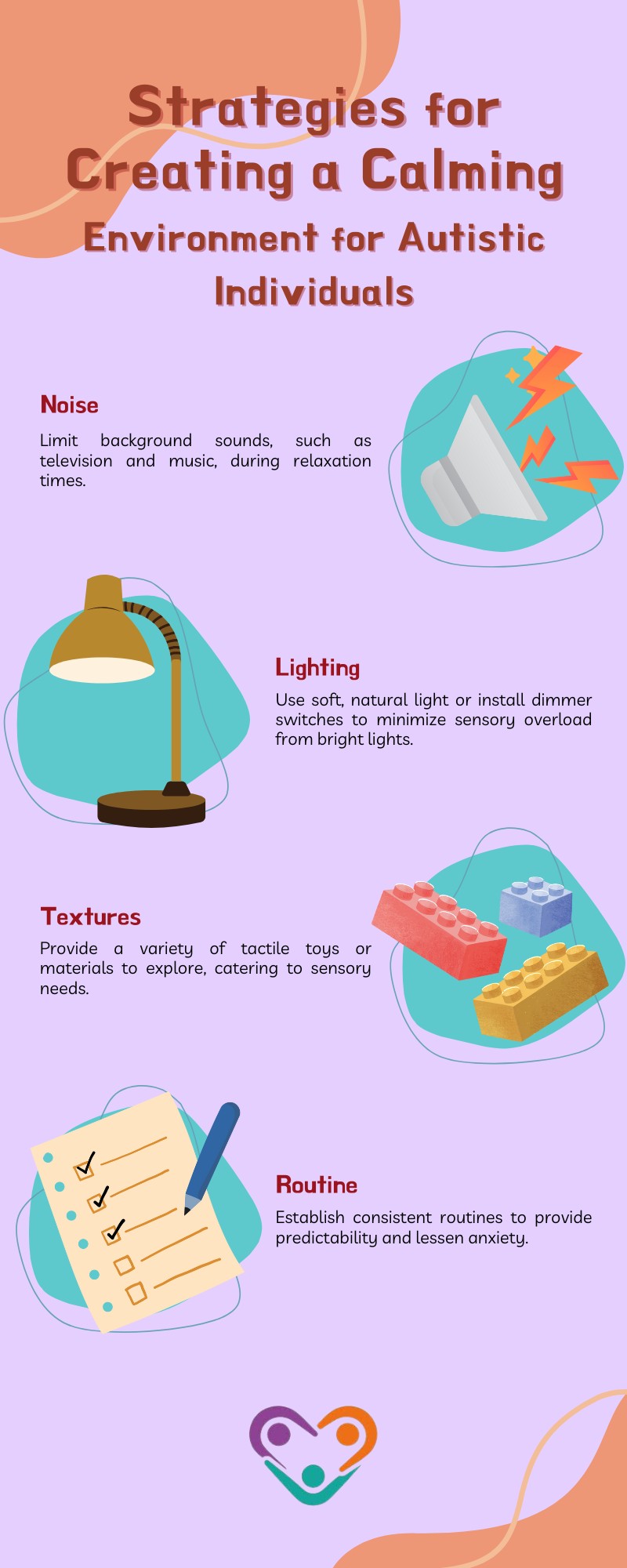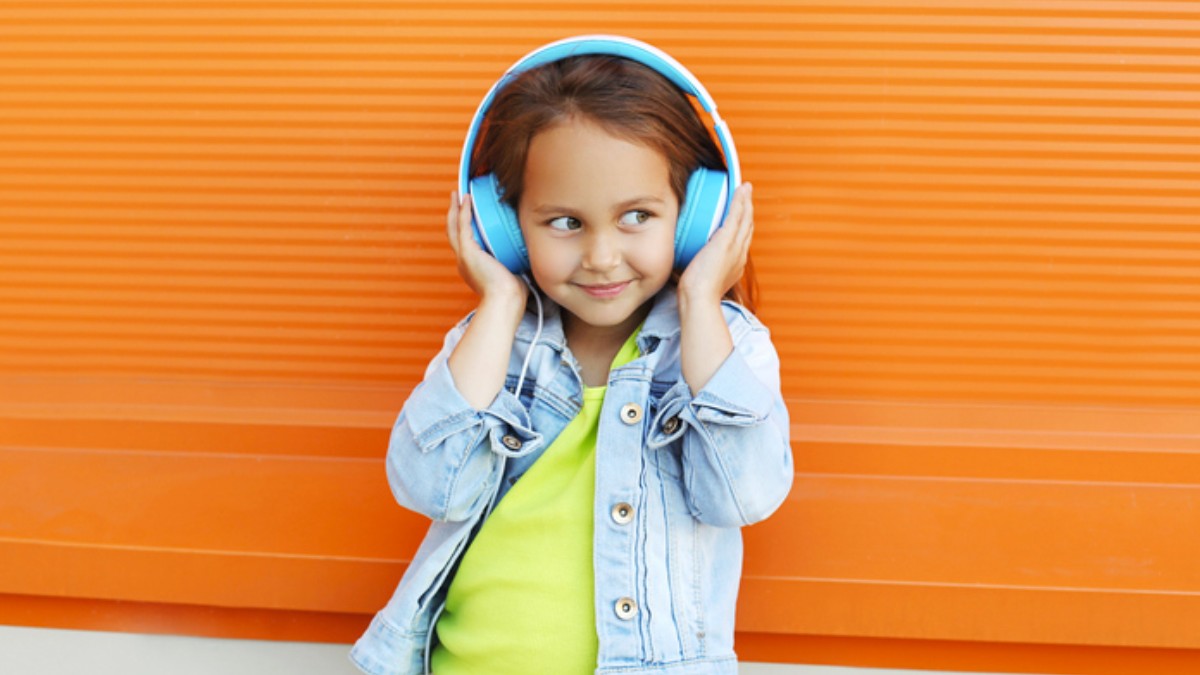Understanding the prevalence of sensory sensitivities among autistic individuals is crucial for parents and caregivers. Sensitivity to loud noises in autistic kids is particularly common, with significant implications for their daily lives.
Specifically concerning sound, studies indicate that between 50% to 70% of autistic individuals experience decreased tolerance for noise at some point in their lives, resulting in significant distress and anxiety.
Sensory sensitivities can cause sensory input to feel overwhelming. Many autistic individuals struggle to filter out irrelevant noises, leading to sensory overload. This can result in discomfort, distraction, and inability to engage in daily activities.
Incorporating Sensory Factors in Diagnosis
The inclusion of sensory perception disorders in the diagnostic criteria reflects their widespread occurrence among autistic individuals. The Diagnostic and Statistical Manual of Mental Disorders, 5th edition, text revision (DSM-5-TR) recognizes these sensory factors as significant for an autism diagnosis.
Understanding these sensitivities is essential for diagnosing autism accurately and providing appropriate support and interventions.
Including sensory factors in the diagnostic process can help identify the unique needs of autistic children. This ensures that they receive tailored strategies that address their sensory challenges effectively, enhancing their overall well-being and quality of life.
How to Manage Noise Sensitivity
Managing noise sensitivity in autistic kids requires a variety of strategies tailored to meet individual needs. There are two effective approaches in this context, namely:
Cognitive Behavioral Therapy
Cognitive Behavioral Therapy (CBT) is a useful tool for helping autistic individuals develop coping strategies for their sound sensitivities. CBT focuses on identifying negative thought patterns and changing them through practical techniques. This approach can assist children in understanding their reactions to sound and developing healthier responses.
Some effective management techniques include:
- Planning activities in quieter environments can minimize exposure to overwhelming sounds.
- Establishing a specific area where children can retreat when feeling overstimulated can provide comfort.
- Scheduling visits to new locations during off-peak hours helps reduce sensory overload.
- Engaging in enjoyable activities can redirect focus away from uncomfortable stimuli.
Creating a Calm Environment
Creating a soothing environment is crucial for managing noise sensitivity in autistic children. These children may struggle to filter out irrelevant noises or sights, leading to discomfort and distraction from certain sounds, lights, or textures. Such distractions can trigger behaviors associated with autism.
For instance, some children might react differently to sounds due to potential attention problems rather than actual hearing issues. This might lead them to appear unresponsive to certain noises that typically capture attention.
It is vital to recognize that underreacting to sound does not imply hearing impairment; instead, it may be related to attention deficits.
To foster a calming environment, parents and caregivers can consider the following strategies:

Adapting the environment and using therapeutic techniques can significantly enhance the well-being of autistic children facing noise sensitivity.
Tools and Techniques for Managing Noise Sensitivity
Managing noise sensitivity in autistic kids can be aided by various tools and techniques. Among these, noise-canceling headphones and distraction methods are particularly effective for reducing sensory overload.
Noise-canceling headphones serve as a practical solution for autistic children who experience heightened reactions to sounds. These headphones use technology to minimize surrounding noise, allowing the user to focus on more desirable auditory stimuli or complete silence.
A study revealed that wearing noise-canceling headphones significantly increased autistic kids’ participation in their home, community, and school settings. This suggests that headphones can be a valuable resource employed by parents, caregivers, and therapists.
That said, parents and caregivers should look for headphones that are adjustable and comfortable for the child to wear for extended periods. Choosing headphones with volume-limiting features can also help protect their hearing.
Moreover, distraction techniques can provide immediate relief from noise sensitivity by redirecting attention away from distressing sounds. Techniques may include engaging the child in activities that capture their interest, such as playing games, using toys, or introducing soothing visual stimuli.
Utilizing calming activities can mitigate the impact of overwhelming sounds. The implementation of these distraction techniques requires awareness of the child’s preferences and responses. Tailoring distractions to the individual child can make them more effective.
Both noise-canceling headphones and distraction methods are integral tools for managing noise sensitivity in autistic kids, contributing to their comfort and well-being in various environments.
If you’re interested in learning more about how autistic children can thrive in different educational settings, check out our article, “Can an Autistic Child Go to a Normal School?” It explores strategies and insights for supporting autistic students in mainstream schools.
Research Findings on Noise Sensitivity
Noise sensitivity in autistic kids can significantly impact their everyday lives. Understanding the physiological responses to noise and the perception of different sounds sheds light on this sensory issue.
Research indicates that children with autism demonstrate stronger physiological reactions to noise compared to their typically developing peers. Their autonomic nervous systems react more intensely to sound stimuli. This heightened response can lead to increased anxiety, stress, and discomfort, making noisy environments challenging for these children.
The perception of sounds varies among individuals with autism. A study found that, overall, teenagers with autism did not differ significantly from neurotypical teens in sound discrimination.
However, when looking closer at subgroups, approximately 20% of autistic teens exhibited remarkable pitch recognition abilities. Conversely, another subgroup struggled to determine sound loudness, which correlated with difficulties in managing noise in everyday situations.
Autistic individuals often display unique behaviors in response to sound. For example, some may cover their ears to block out overwhelming noise. Their perception of sounds based on intensity, pitch, and tone can differ significantly from that of neurotypical individuals.
It is important to note that some children on the autism spectrum may underreact to sound, which doesn’t stem from hearing impairments but possibly from attention issues. This discrepancy can lead to inconsistent results on tests that require a behavioral response to sound stimuli.
Understanding these aspects of noise sensitivity allows parents, caregivers, and educators to better support autistic children in managing their sensory experiences effectively.
Behavioral Responses to Sound
Understanding how autistic children react to sound is crucial for parents and caregivers. These reactions can provide insights into their sensory sensitivities and help develop effective strategies for coping with noise sensitivity.
Autistic children often display unique responses when exposed to various sounds. Many struggle to filter out irrelevant noises, leading to feelings of overwhelm and discomfort.
This sensory overload can result in behavioral changes, such as covering their ears or showing signs of distress.
To better comprehend the reactions of autistic children, it is essential to recognize how they perceive sound. Individuals on the autism spectrum may experience significant variations in how they respond to sound intensity, pitch, and tone compared to neurotypical peers.
Common reactions observed in autistic children include:
- Covering their ears to block out unwanted noise.
- Crying, yelling, or becoming restless in response to loud sounds.
- Seeking a quiet space to avoid overwhelming stimuli.
Sound sensitivity can also impact attention in autistic kids. While some children may excel in certain auditory tasks, such as pitch discrimination, others may experience challenges that affect their daily functioning.
A study revealed that about 20 percent of teenagers with autism displayed exceptional pitch discrimination, whereas another subgroup exhibited difficulties in determining sound loudness. This variability correlates with how they cope with everyday noise, influencing both attention and behavior.
Factors that can affect attention levels concerning sound sensitivity include sound intensity, sound quality, and context.
Awareness of these behavioral responses to sound can enable parents and caregivers to implement appropriate management techniques, creating a more supportive environment for autistic children.

Final Thoughts
Noise sensitivity is a common and impactful experience for many autistic children. It can affect how they interact with the world, respond to their surroundings, and cope with daily challenges.
Recognizing how sound affects each child individually is key to helping them feel safe, comfortable, and more in control of their sensory world. At Golden Care Therapy, we provide personalized ABA therapy in New Jersey, Indiana, New York, Georgia, and Florida. If you’re looking for trusted professionals who genuinely care and understand, we’re here to help. Contact us today to learn how we can support your child’s journey with evidence-based, heart-centered care.
Sources:



